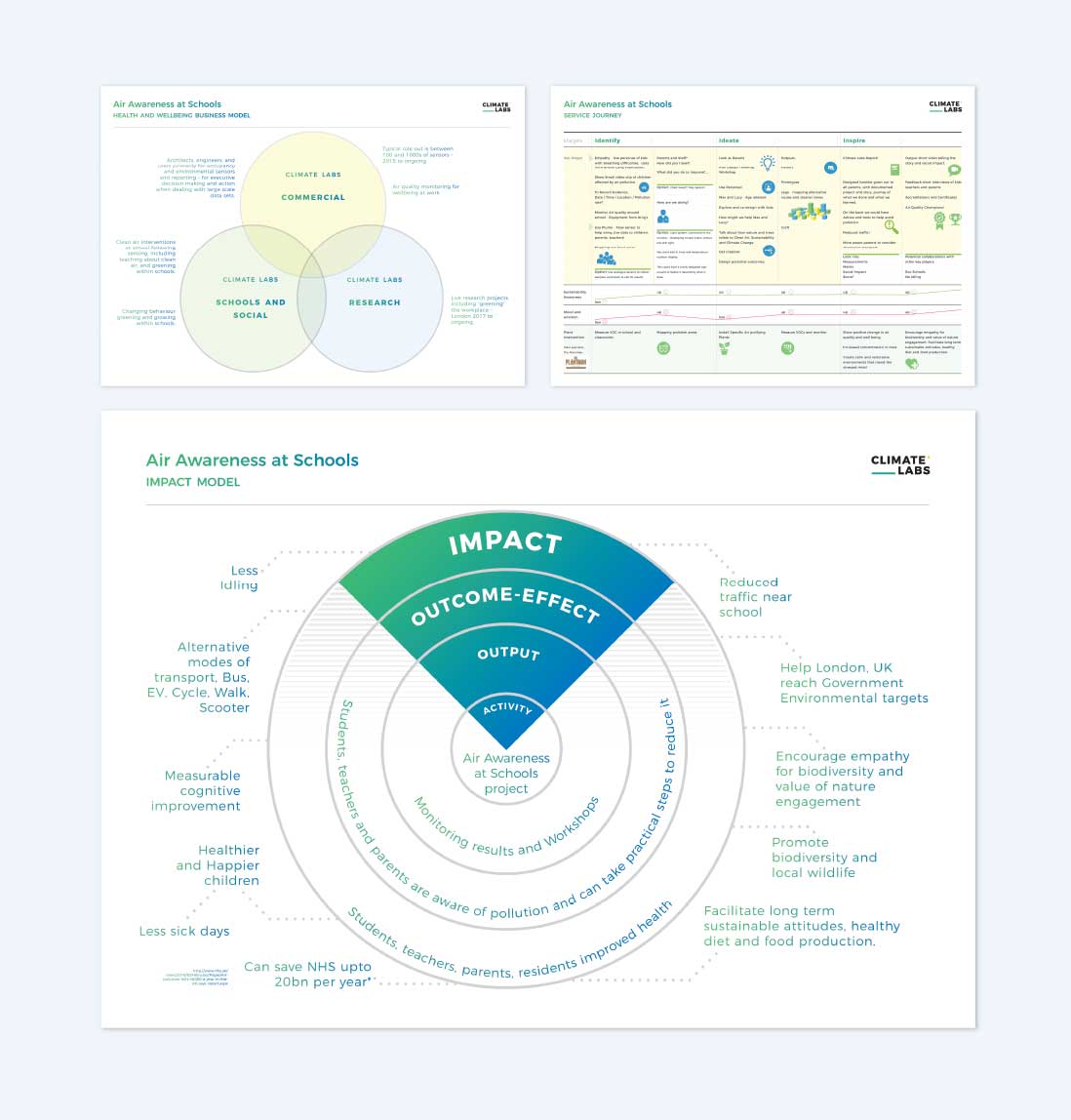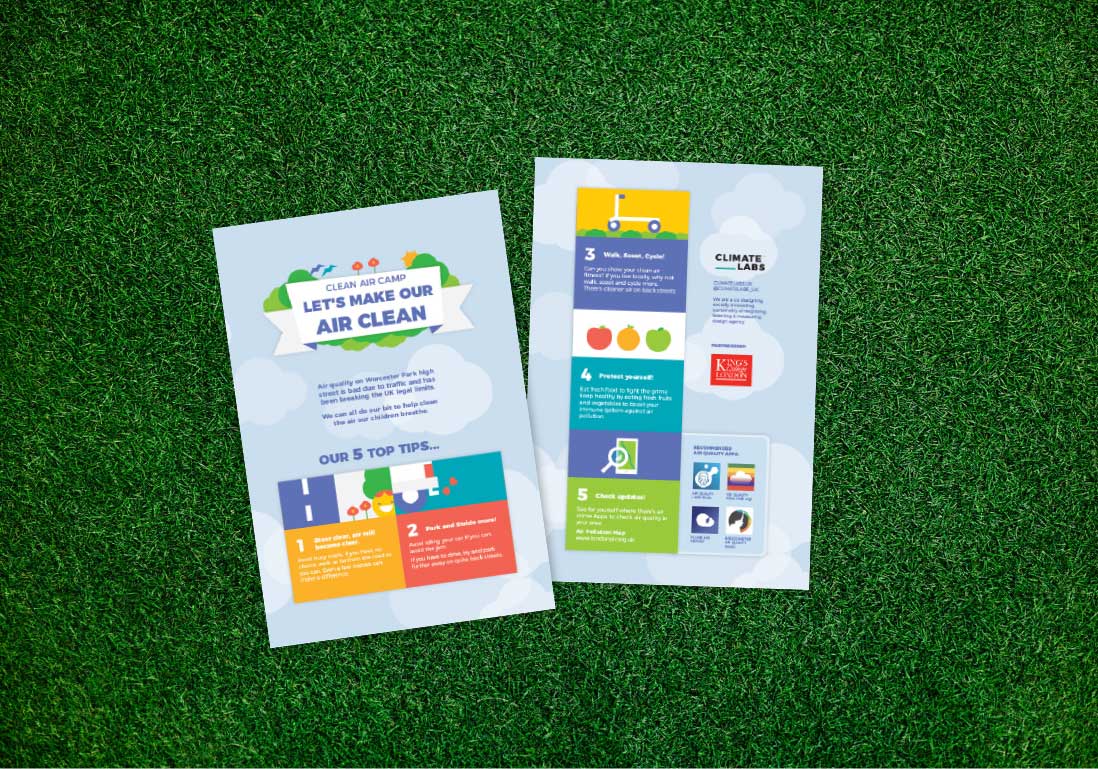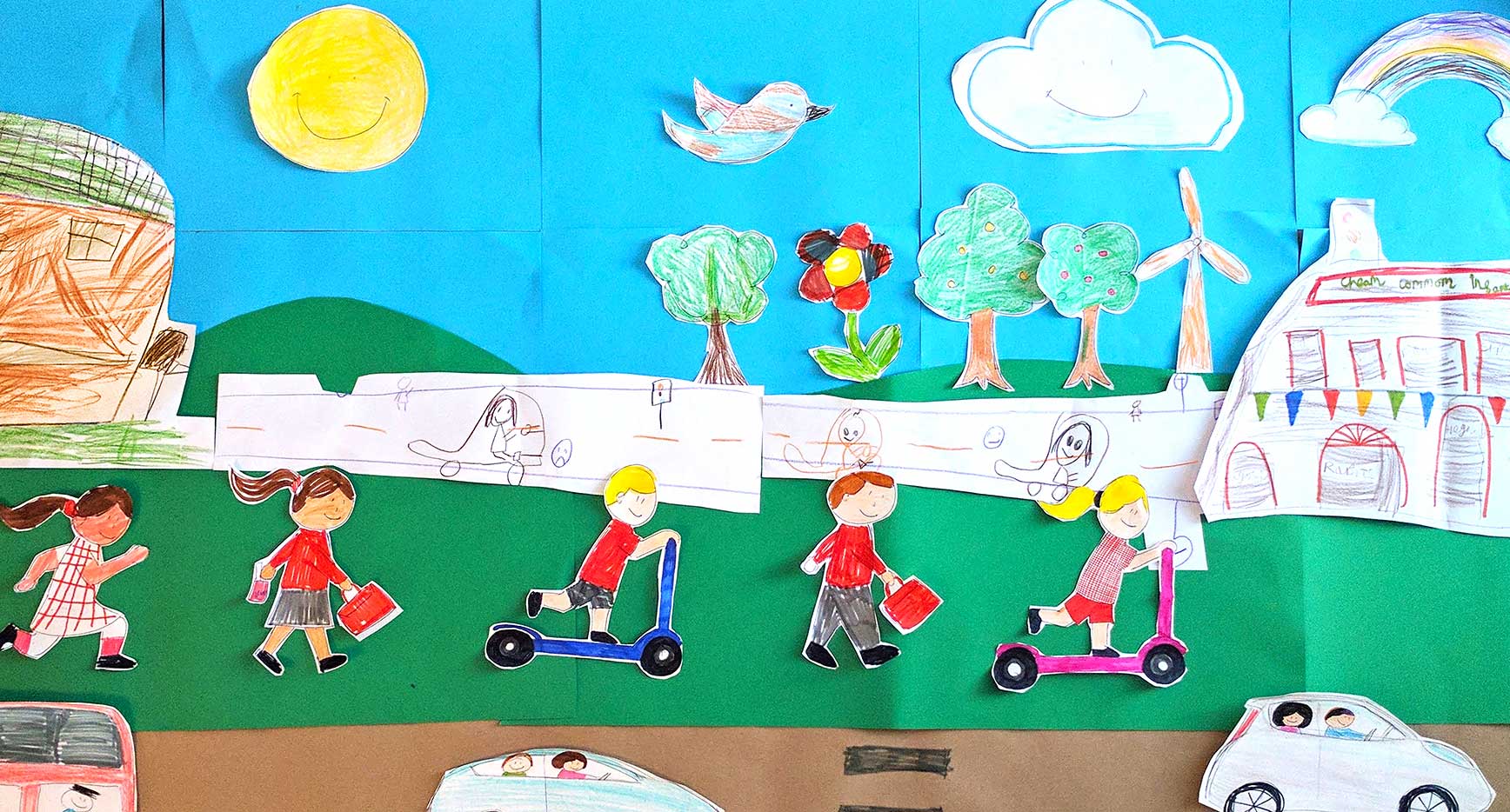Thousands of children at London schools unfortunately breathe toxic air. Air pollution is not exclusively an environmental challenge as it has become a public health crisis. Road traffic emissions in the UK have risen with the increase of diesel car sales, creating harmful levels of nitrogen dioxide (NO2) in the air we breathe.
Data shows 802 schools, nurseries and colleges are in areas where levels of nitrogen dioxide breach EU legal limits. PM2.5s - Particulate matter also breaches the World Health Organisation (WHO) standards, PM2.5s are known to be tiny particulates that can get into lungs, bloodstream and even the brain. Studies have shown clear connections to asthma, cancers and cognitive brain deficiencies.
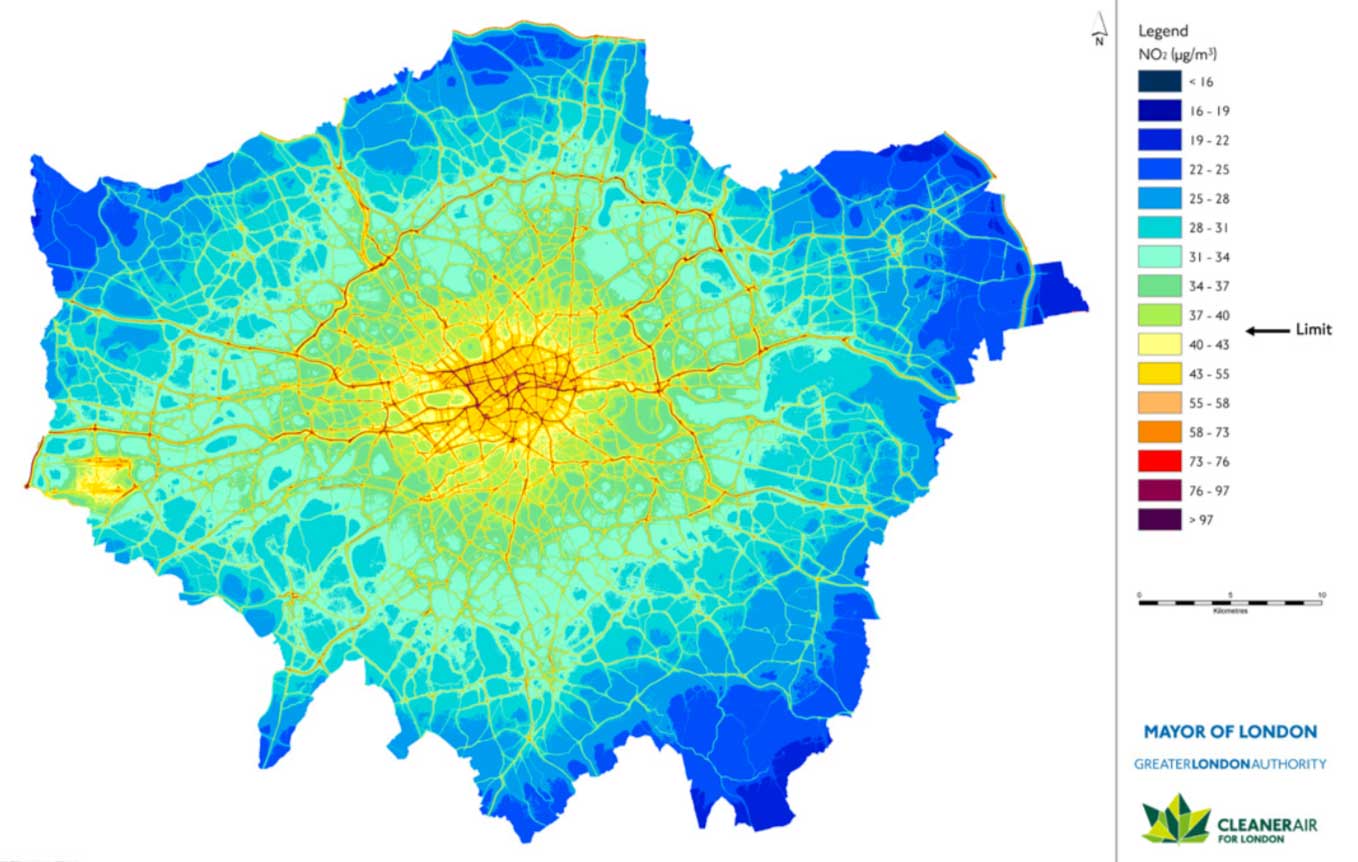
How might we raise awareness about road traffic air pollution around schools and change behaviour for positive impact?
We start with immersive research to identify key issues, allowing us to ask the right questions.
Collaborating with Dr Ben Barratt from King’s College London air quality and environmental research team, air quality monitoring stations and their scientific sensors helped unravel complexities of London’s air pollution accurately and to a calibrated standard.
Using the King’s Londonair.org.uk mapping facility the historical data maps allowed the team to see the bigger picture, to a resolution of 20 meters for London. (NO2) diffusion tubes were also placed over a 4 week period to give ambient readings for the project.
Supplementing King's sensors were new innovative wearable and portable technology. New to the market, the sensors were first benchmarked then employed as personal sensors in the vicinity of the children, for a child’s eye view of exposure.
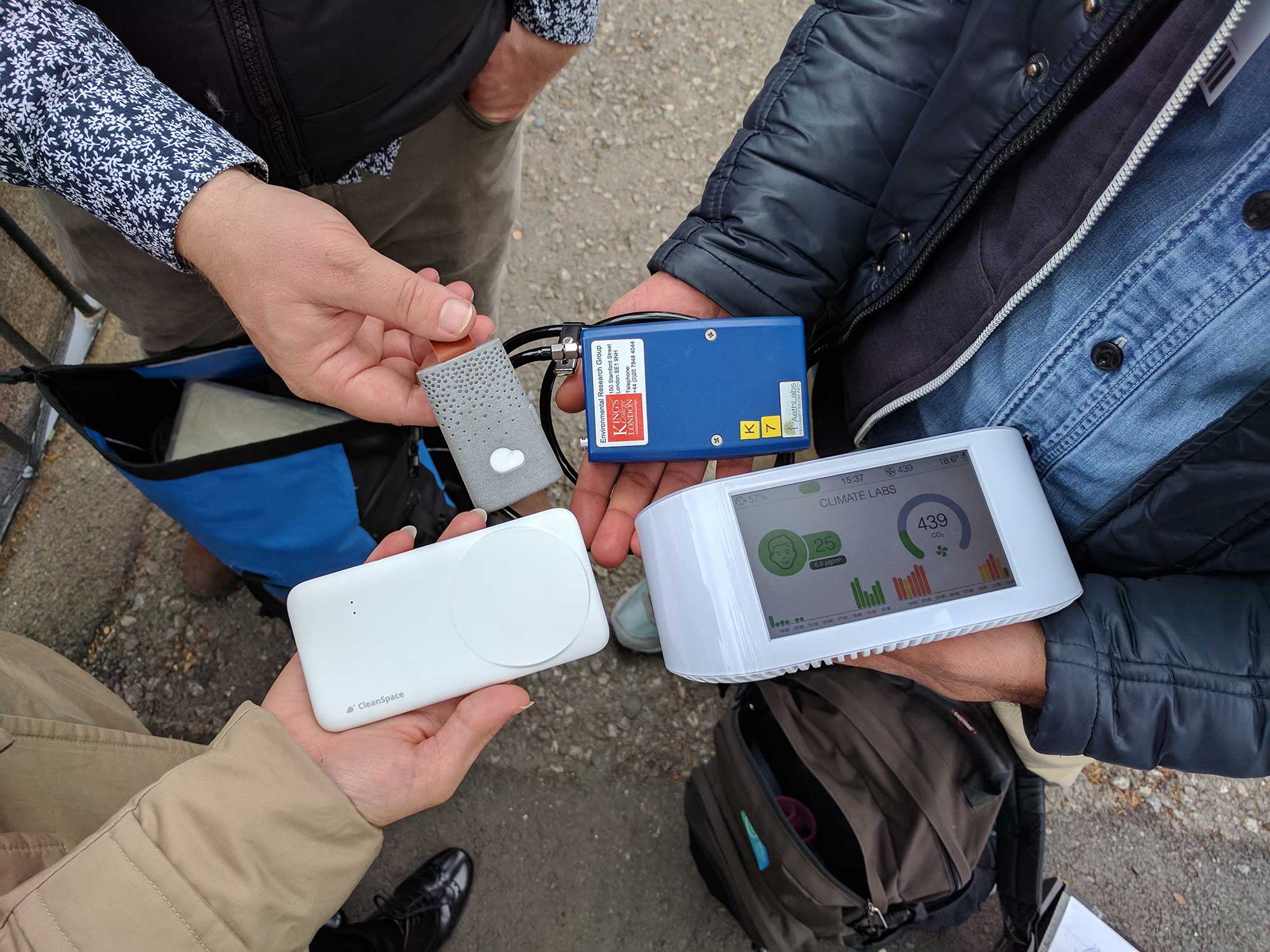
The Node by Air Visual proved to be a great way of communicating to children levels of PM2.5’s with its clear user interface. The Clean Space TAG was also a very neat piece of kit for tracking Carbon Monoxide accurately.
A series of workshops using the Double Diamond (Discover, Define, Develop, Deliver) process with teachers to co-create age specific activities, working with key stage 1 children.
Our project was split into 3 stages:
1. Identify
We map out the hot spots, and discuss clean alternative routes.
2. Ideate
Using air pollution monitors we identify key pollution hot spots around the school. Keeping it age specific for 5 year olds, we used sensory tasks involving sight, sound and smell.
3. Inspire
Through play and workshops, we create new ways to understand how children can be safe from air pollution, discussing new alternatives to get into school and what they can do with parents to help reduce exposure to air pollution.
Climate Labs in collaboration with the senior school staff and teachers created a strategy to enable the project to fit within and work alongside the school's existing low carbon initiatives, whilst allowing project to run in isolation.
Maintaining clear learning outcomes, adherence to Key Stage 1 curriculum targets: included using your senses, teamwork and focus work, empathy, problem solving were planned from the start with the help of teachers involved in forming the curriculum.
Climate Labs goal of allowing every child to take part and have input throughout the process was a resounding success, seeing the children’s confidence grow week on week was also very rewarding.
We believe real behaviour change will have the most impact if we engage parents from the early stages, this is key to help generate new opportunities. The final stage included designed communication material outside the school and other various touch points to translate our new findings and ideas.
Blended learning in pursuit of answering a project brief allowed the children to experience ‘subjects’ as a the real world might. Presentation and reflection was a key part of the children's process.

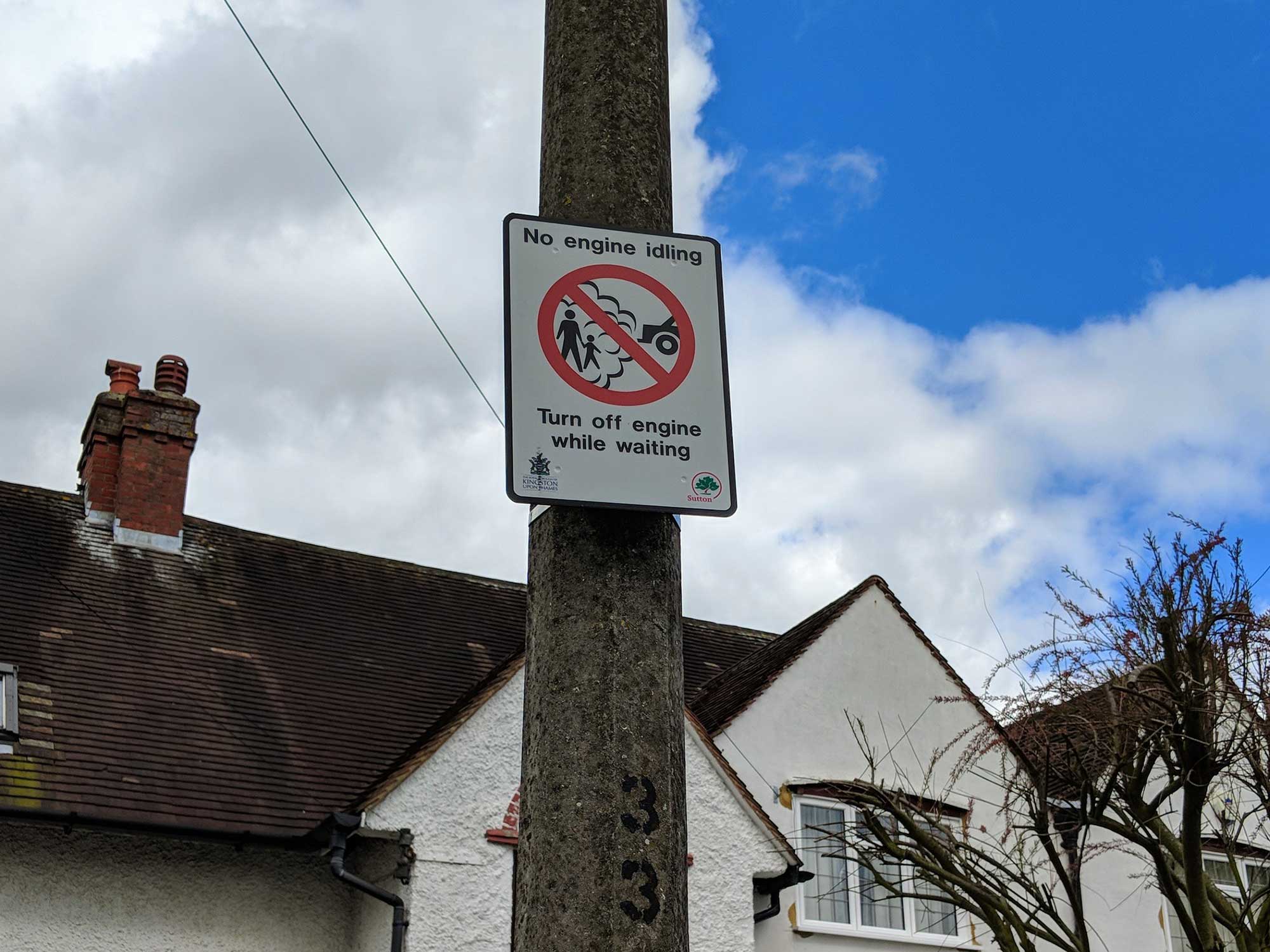
As a result, the school street had signage installed and community police helped raise awareness about how to stop idling around the school.
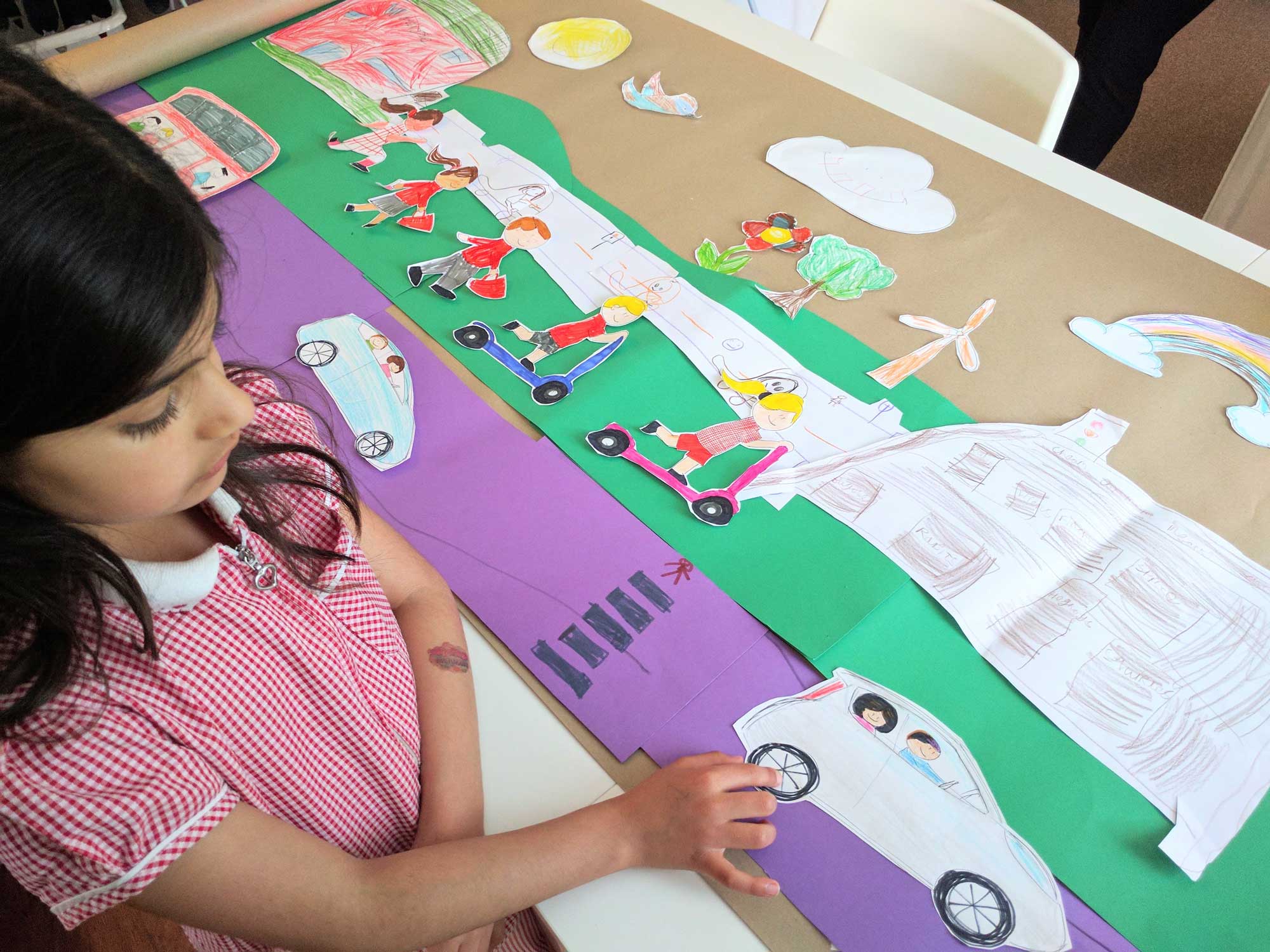
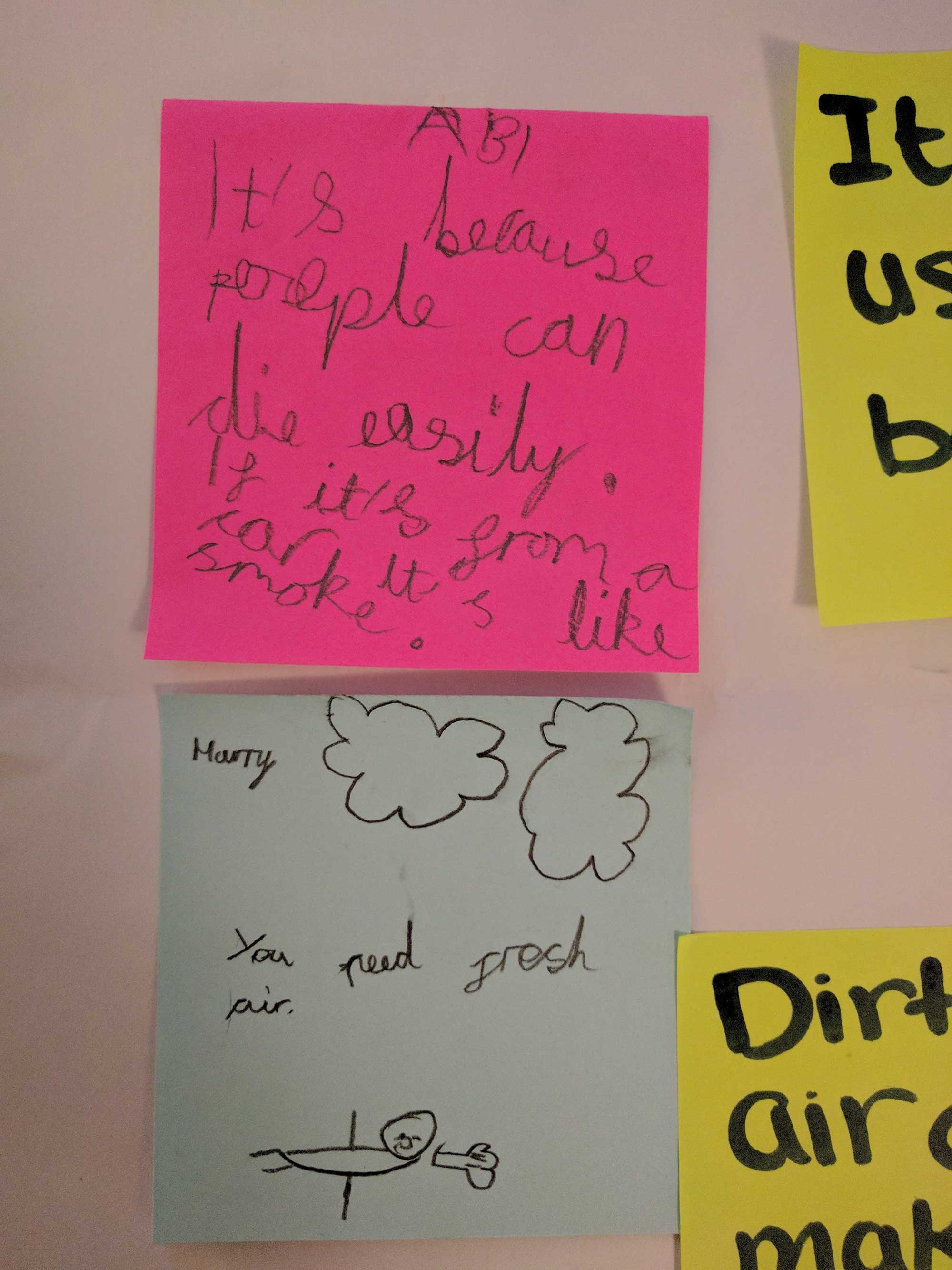
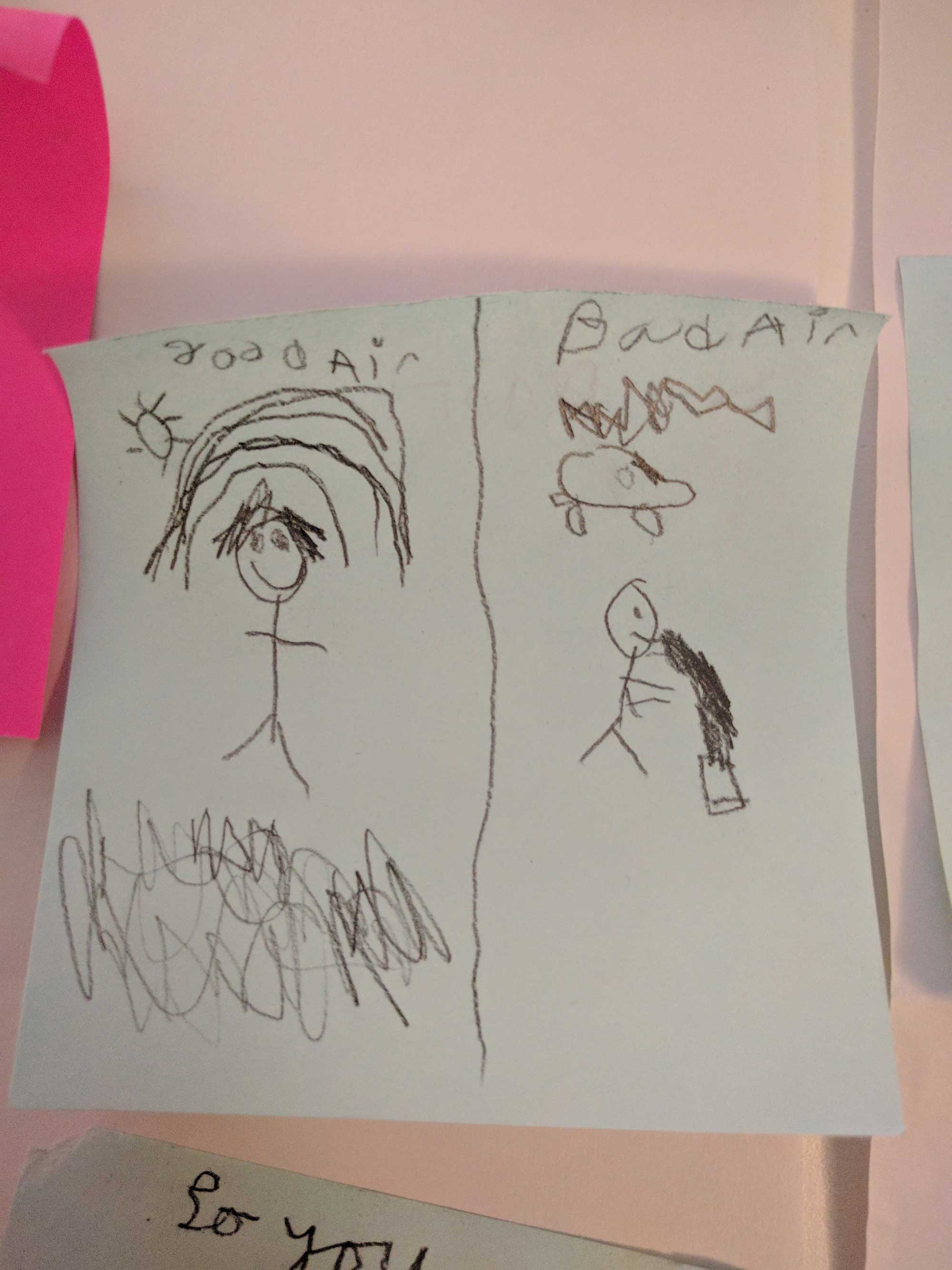
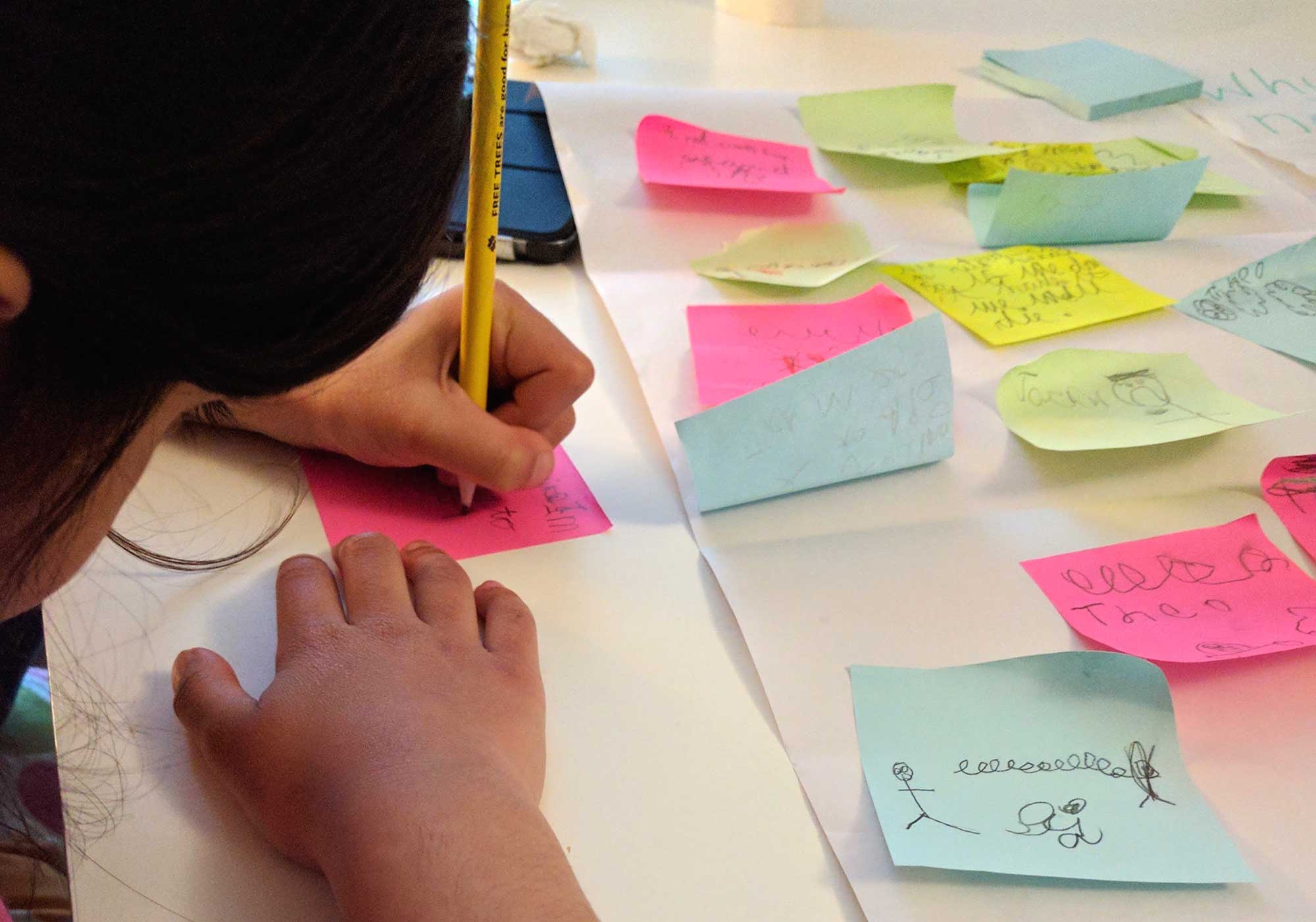
Learning while doing, younger children prefer to engage while doing an activity. So talking about healthier ways of coming into schools was much easier while colouring in posters.
